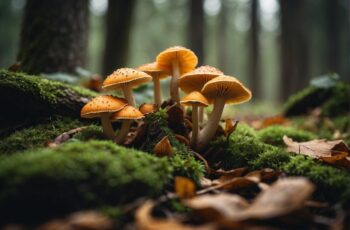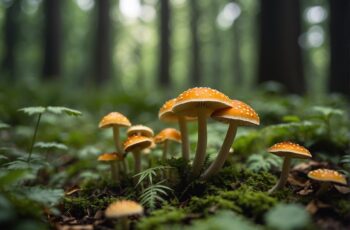Mushroom hunting is a rewarding outdoor activity that connects you with nature while providing the chance to harvest delicious and nutritious wild edibles. As a beginner, it’s important to learn the basics of mushroom foraging to safely identify and collect mushrooms like the prized morel. This fungi pursuit not only offers a unique culinary adventure but also hones your observational skills and deepens your appreciation for the ecosystems you explore.
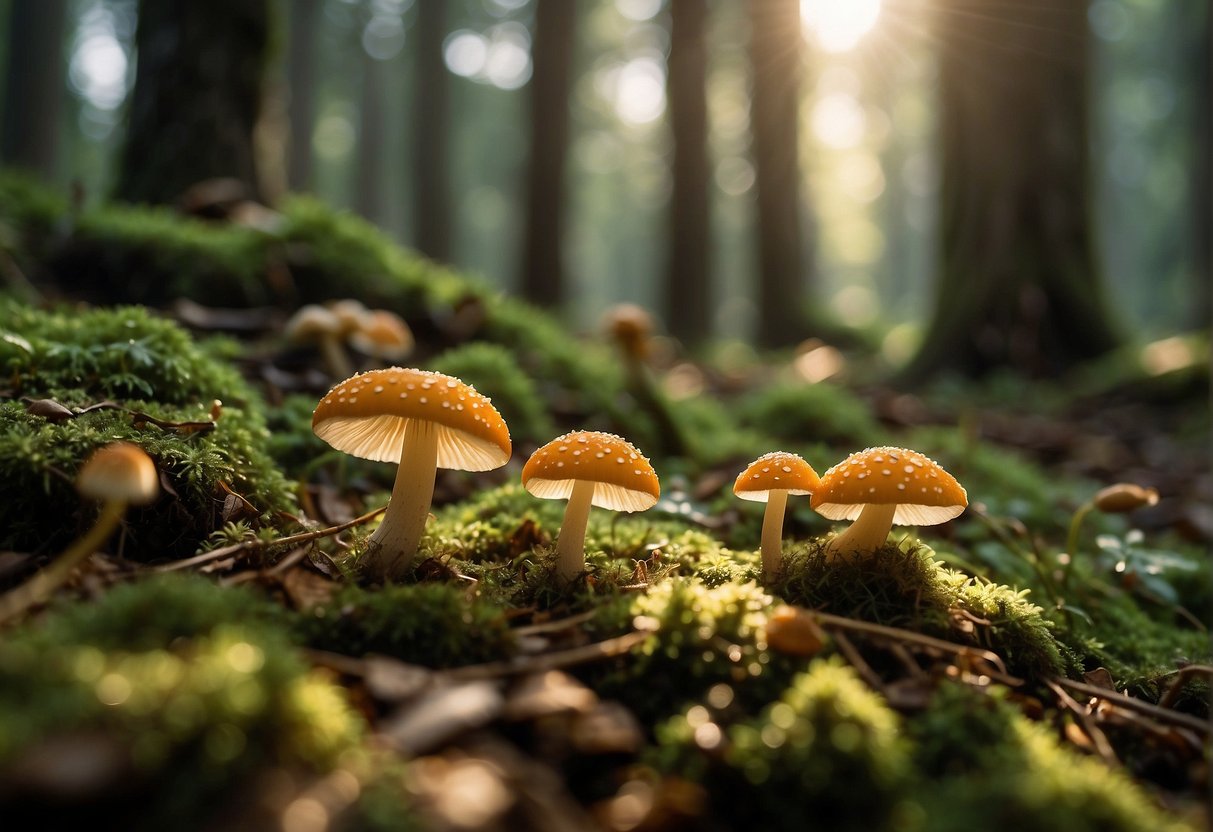
Understanding the natural habitat and the right conditions for mushroom growth is crucial for a successful foray into the woods. Morel mushrooms, for instance, favor temperate forest areas with specific trees like elms, ashes, and aspens. The ideal times for morel hunting are during the spring months when the soil warms up after a rainfall. Sustainable foraging practices are vital, too; they ensure that these wild resources continue to thrive for future generations to enjoy.
Preparing your harvest is as enjoyable as the hunt itself. With the proper knowledge, you can transform the mushrooms you find into delicious meals, preserving the fruits of your foraging trip. Whether you’re on the lookout for morels or other edible mushrooms, the experience is as much about savoring the process as it is about the culinary reward.
Key Takeaways
- Mushroom hunting merges the joy of the outdoors with the satisfaction of finding edible treasures.
- Knowledge of mushroom types, habitats, and seasons is essential for a fruitful hunt.
- Ethical foraging and proper preparation of mushrooms ensure sustainability and enjoyment.
Basics of Mushroom Hunting
Mushroom hunting can be a rewarding outdoor activity that immerses you in nature’s diversity. To be successful, you need to distinguish between various types of mushrooms and carry the right foraging gear.
Understanding the Types of Mushrooms
When you’re in the wild, identifying mushrooms correctly is crucial for your safety. Caps, gills, and stems are key features to examine. Use a mushroom field guide that’s specific to your region to make accurate ID’s. Pay close attention to detail, as subtle differences can mean a world of difference between edible and toxic varieties. Learning to create a spore print, which involves pressing the mushroom cap onto a piece of paper to leave behind spore color, is also a valuable skill for confirmation.
Essential Gear for Foraging
Your foraging kit should include:
- Basket or Mesh Bag: Lets spores disperse, promoting future growth.
- Knife: Cleanly cuts the stem without pulling out mycelium.
- Brush: Gently cleans your finds on-site.
Carry a mushroom field guide to make on-the-spot identifications more reliable. Remember, different mushrooms thrive in different ecosystems, so gear up with a topographic map if needed to track down specific species. With the right gear, you’re well on your way to becoming a proficient forager. Enjoy your time in the forest, and remember to forage responsibly and sustainably.
Identifying Morel Mushrooms
The thrill of the hunt for morel mushrooms is matched only by the need to correctly identify these forest treasures. Knowing the key characteristics and the habitat morels favor will guide you to a successful forage.
Characteristics of Morel Mushrooms
Morel mushrooms have a distinctive appearance that sets them apart from other wild mushrooms. They boast a honeycomb-like cap, which is composed of ridges and pits. These caps are usually elongated and appear conical or ovular. Unlike other mushrooms, morels are completely hollow from the tip of the cap to the bottom of the stem. The colors range from tan to dark brown, aiding their camouflage among the forest floor. When hunting for morels, look for these unique traits to ensure you’re on the right track.
Habitats and Tree Associations
Morels have a strong association with certain trees which makes tree identification an important skill in your foraging tool belt. These mushrooms often emerge in areas populated by ash and elm trees, as well as old apple orchards. In particular, start your search around dying or dead trees, as these conditions seem to stimulate morel growth. The presence of these trees can be an important indicator of potential morel hotspots.
Distinguishing Morels from False Morels
While morel hunting can be rewarding, it’s crucial you know how to distinguish edible morels from poisonous mushrooms. False morels can look similar but are not hollow inside and have a wrinkled or lobed cap rather than the pitted cap of a true morel. Consumption of false morels can be hazardous, so if you’re ever in doubt, it’s best to err on the side of caution. Always consult a knowledgeable mycologist or reliable field guide if you’re uncertain about a mushroom’s identity.
Best Times and Locations to Hunt
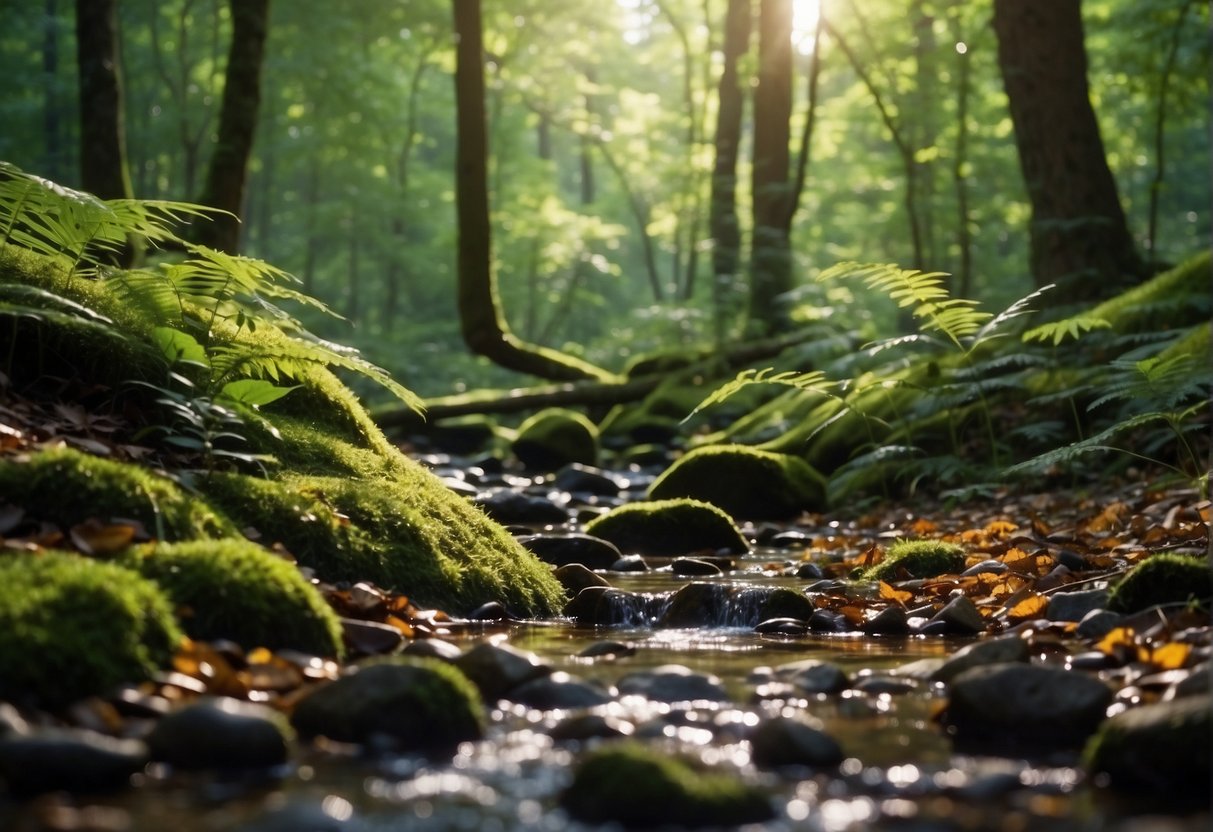
When you’re preparing to head out into the woods, timing and location are everything. Morel mushrooms, in particular, have a very specific season and are found in precise locations across the U.S. Let’s dive into the when and where of mushroom hunting.
Seasonal Timing and Weather Impact
In the pursuit of mushrooms, particularly morels, spring is your go-to season. Morels start appearing when the soil temperature consistently hits about 50 degrees Fahrenheit. This typically occurs in the spring months, as the weather warms. You should also pay attention to the recent weather patterns. A good sign is the arrival of consistent spring rain, which coupled with warm weather, creates perfect conditions for morels to emerge.
Geographical Distribution of Morels
When it comes to geographical hotspots, Morels have a liking for certain states. If you’re in Michigan (MI), Pennsylvania (PA), Tennessee (TN), or Washington (WA), you’re in luck. These states are renowned for their morel abundance. However, don’t just head out anywhere; morels thrive in forests, particularly around the bases of certain trees like elms, ashes, and aspens. Always be cautious of mushroom look-alikes to ensure a safe and fruitful hunt.
Sustainable Foraging Practices
Embracing sustainable foraging practices ensures the preservation of mushroom species and their natural habitats. Here are key considerations to help you forage with respect and knowledge.
Ethics of Mushroom Hunting
As a responsible forager, your foremost duty is to the ecosystem. Ethical mushroom hunting involves taking only what you need and respecting the reproductive cycle of the fungi. When you encounter a patch, harvest only a portion—Modern Forager suggests leaving at least half to allow for continued growth and spore dispersal. Aim to collect more mature specimens since they have likely already released their spores. Moreover, joining an educational group like the North American Mycological Association can enhance your understanding of ethical foraging practices.
Conservation and Legal Considerations
Conservation is at the heart of sustainable foraging. Always forage on public land or secure permission to collect mushrooms on private land to avoid trespassing. Be aware of and comply with any legal restrictions in your area, as regulations may vary. Some species are protected, and foraging them could be illegal. Use tools that minimize damage to the habitat, such as a knife to cut stems and a basket for transport to allow spores to fall through and propagate. Additionally, be conscious of conservation efforts; avoid areas that are being rehabilitated or are sensitive to human interference.
By foraging mindfully, you contribute to the sustainability and thriving of wild mushroom populations, ensuring that all foragers can enjoy this bounty for years to come.
Preparing and Utilizing Your Harvest
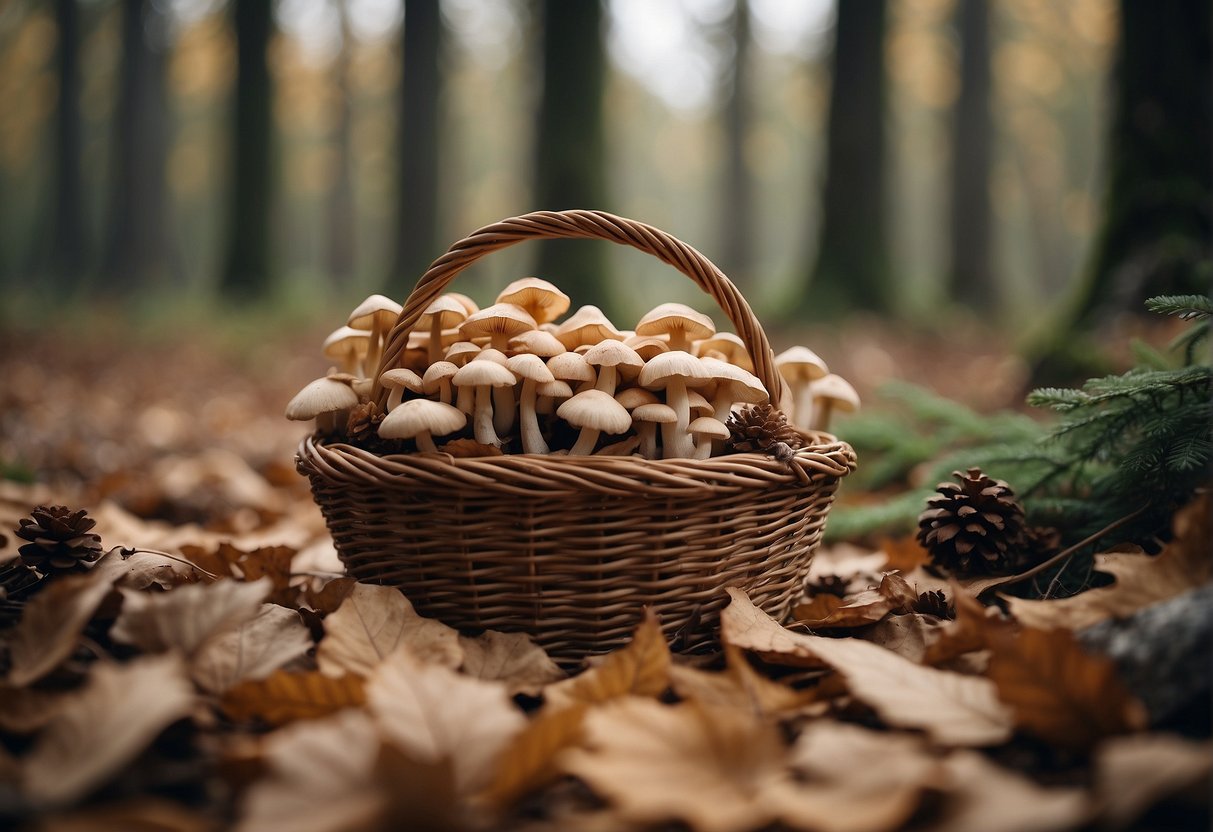
Successfully foraging for wild mushrooms can yield a bounty of edible delights. Your next steps are key to ensuring not only the safety and flavor of your mushrooms but also the length of time you can enjoy them.
Cleaning and Storage
When you bring home your mushrooms, first inspect them closely for any unwanted critters or debris. Brush off any loose dirt with a soft brush or cloth, as washing them directly under water can make them soggy. For a visual guide on the best practices for cleaning mushrooms, check out Hunting Mushrooms: A Beginner’s Guide to Foraging Wild Fungi. Once cleaned, store your mushrooms in a breathable container like a paper or mesh bag; this helps keep them fresh by preventing moisture build-up which leads to spoilage. Read more on optimal storage conditions at Harvest and Storage.
Cooking and Recipes
The true value of your mushroom harvest comes out in the cooking. Mushrooms are incredibly versatile and can be sautéed, grilled, roasted, or even pickled. Try out recipes that let their natural, earthy flavors shine through. For a treasure trove of mushroom recipes, including ways to pair them with wild game or incorporate into hearty meals fit for a woodsman, visit sites like Mushroom Recipes for Wild Harvests. If you’ve had a particularly abundant harvest, consider drying or freezing some of your mushrooms which can be reconstituted or thawed later, ensuring you don’t waste a single cap or stem. And don’t overlook the potential for sharing your bounty with local restaurants, where your fresh-foraged mushrooms might be transformed into gourmet dishes.

